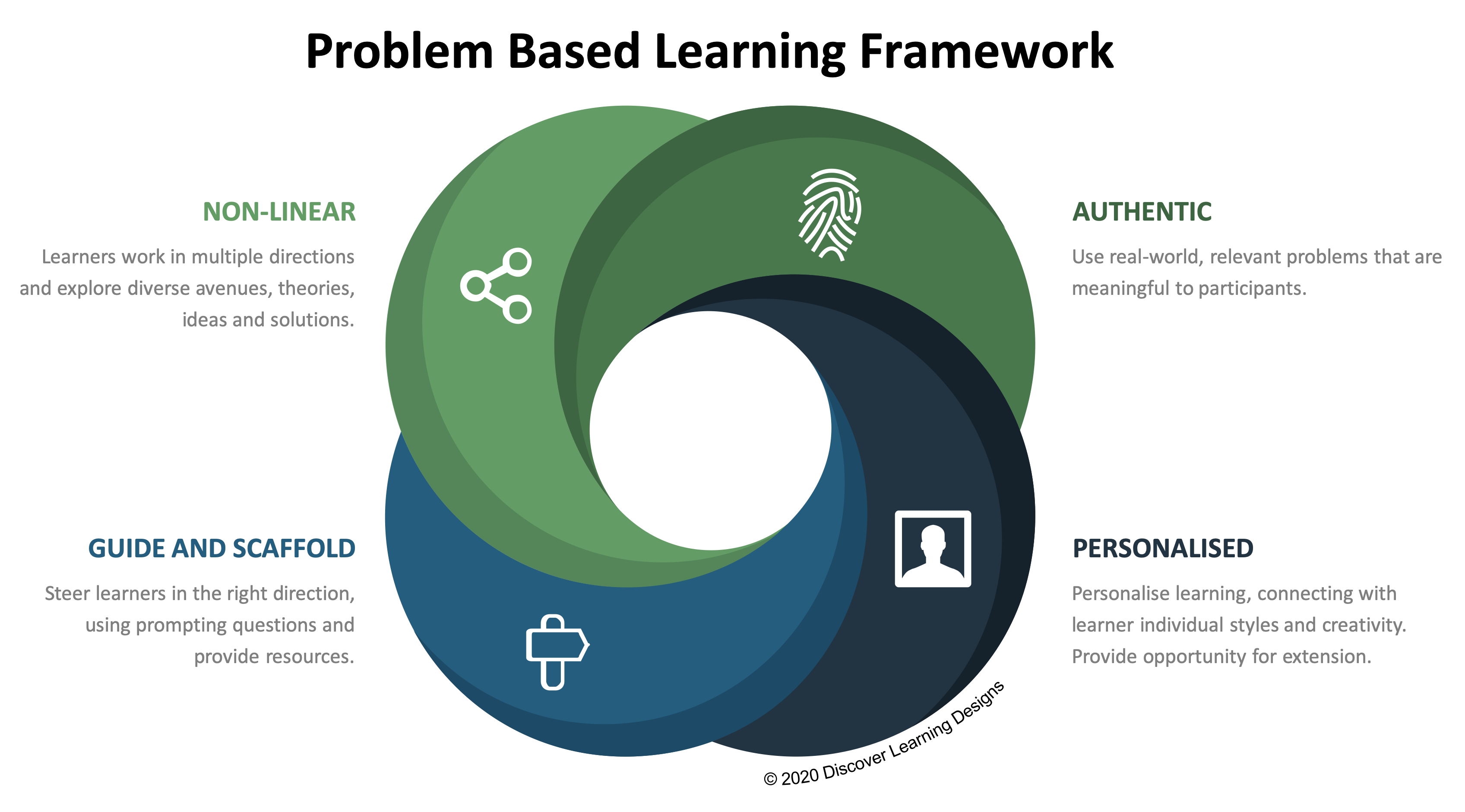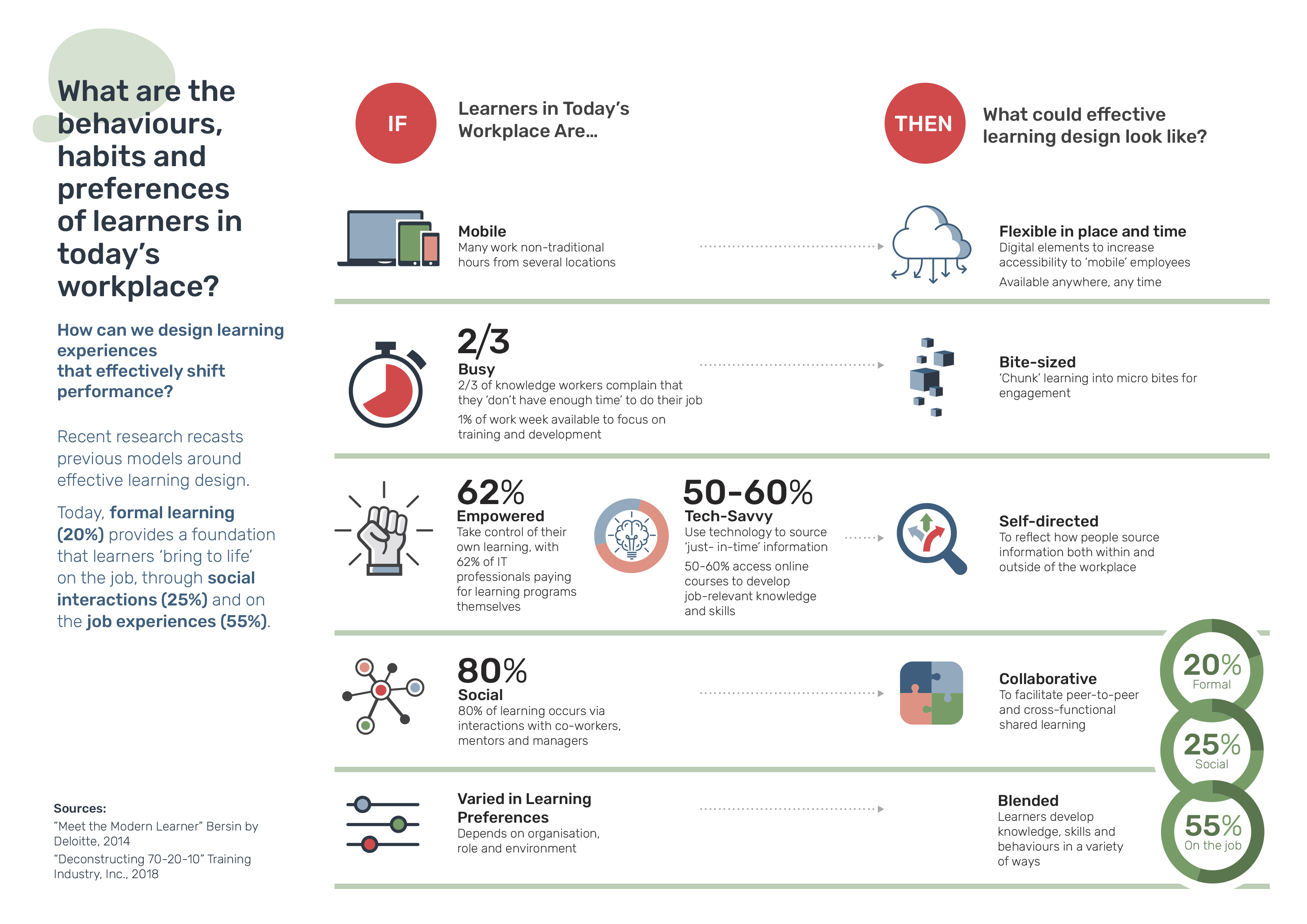The term “Problem-Based Learning” (PBL) was originally developed by Barrows and Tamblyn (1980) for medical education. It is based on the Constructivist Theory of Learning.
PBL is a pedagogical strategy that uses open ended / ill-structured problems that mirror real-world problems. The authenticity of the problems helps students to transfer their knowledge and skills beyond the classroom, preparing them for the workplace and life in a rapidly changing world. The open ended nature of problems gives students the flexibility to approach it from different angles, to take different thematic sidelines according to their personal interests. This gives them control of the learning process, capturing their interest and motivating them to learn.

Lewis et al. (1998) emphasises that the act of posing problems is integral to the process of solving problems. Finding or posing problems is a creative endeavor that can occur prior to, during, or after the act of problem solving. By keeping the problem definition open, the students can “frame and reframe” their perspective on a problem so they reach “goal clarity”. Educational psychologists have discovered that solving a problem is a back-and-forth (recursive) process, not a linear one (Pea, 1985). In this way the student takes ownership of the problem thus enhancing their engagement and responsibility for the learning process.
“Teachers organise instruction around learning problems that pique student’s interest, challenge their current understandings, set the intended curricular concepts in meaningful contexts and allow students to explore ideas, pose interpretations or hypotheses, test their ideas, apply them in other contexts, and reflect on their learning.” (Jonassen et al., 2003, p 13)
Slavery and Duffy (1995) suggested the following principles of PBL:
- Anchor all learning activities to a larger task or problem.
- Support the learner in developing ownership for the overall problem or task.
- Design an authentic task.
- Design the task and the learning environment to reflect the complexity of the environment they should be able to function in at the end of learning.
- Give the learner ownership of the process used to develop a solution.
- Design the learning environment to support and challenge the learner’s thinking.
- Encourage testing ideas against alternative views and alternative contexts.
- Provide opportunity and support for reflection on both the content learned and the learning process.
Gudzial et al. (1997) consider the two most important aspects of problem based learning to be the authentic real world problems and students reflection on their experiences.
The teacher’s role changes from the provider of content to the facilitator of the learning process. Teachers present students with authentic problems and provide an environment where students can explore their ideas through research, discussion and reflection. The student has an active role identifying and locating resources, gathering and evaluating information.
PBL and Future Required Skills
Read more about Problem Based Learning (PBL) including how it incorporates many future required skills here.
Useful Links on Problem Based Learning
- University of Delaware – articles, ideas, videos, sample projects and more.
- PBL – useful guidelines and a variety of techniques and strategies that will facilitate your participation in a PBL group.
- What is Problem Based Learning – overview
- PBL Model– steps to take solving a PBL
- Differences between Problem Based learning and Project Based learning – Venn diagram
- How to be a coach/facilitator – PDF format; ideas on how to take on the role of a coach/facilitator
- How to start – PDF format ; ideas on how to start a PBL; points to consider during the process
References
- Jonassen, D.H. Howland, J., Moore, J., Marra, RM. (2003) Learning to solve Problems with Technology. A Constructivist Perspective
- Lewis, T., Petrina, s. and Hill, A. M. (1998) Problem Posing-Adding a Creative Increment to Technological Problem solving. Journal of Industrial Teacher Education, Vol 36 No 1 Fall 1998. Retrieved from http://scholar.lib.vt.edu/ejournals/JITE/v36n1/lewis.html on 23 March 2007
- Riel, M. (2000) New designs for connected teaching and learning. White paper for US Department of Education Secretary’s Conference on Educational Technology. Retrieved fromhttp://www.gse.uci.edu/mriel/whitepaper/learn1.html
- Guzdial,M., Hmelo, C., Hübscher,R., Nagel,K., Newstetter,W., Puntambekar,S., Shabo,A., Turns,J. and Kolodner,J.L. (1997) Integrating and Guiding Collaboration: Lessons Learned in Computer-Supported Collaborative Learning Research at Georgia Tech. Presented at Conference on Computer Supported Collaborative Learning, 1997. Retrieved from http://www.oise.utoronto.ca/cscl/papers/guzdial2.pdf 6 Nov 06
- Slavery, J. R. Duffy, T. M. (1995 ) Problem Based Learning: an instructional model and its constructivist framework. EDUCATIONAL TECHNOLOGY -SADDLE BROOK NJ- 1995, VOL 35; NUMBER 5, pages 31 Retrieved from http://www3.uakron.edu/edfound/people/savery/papers/sav-duff.html on 20 March 2007


